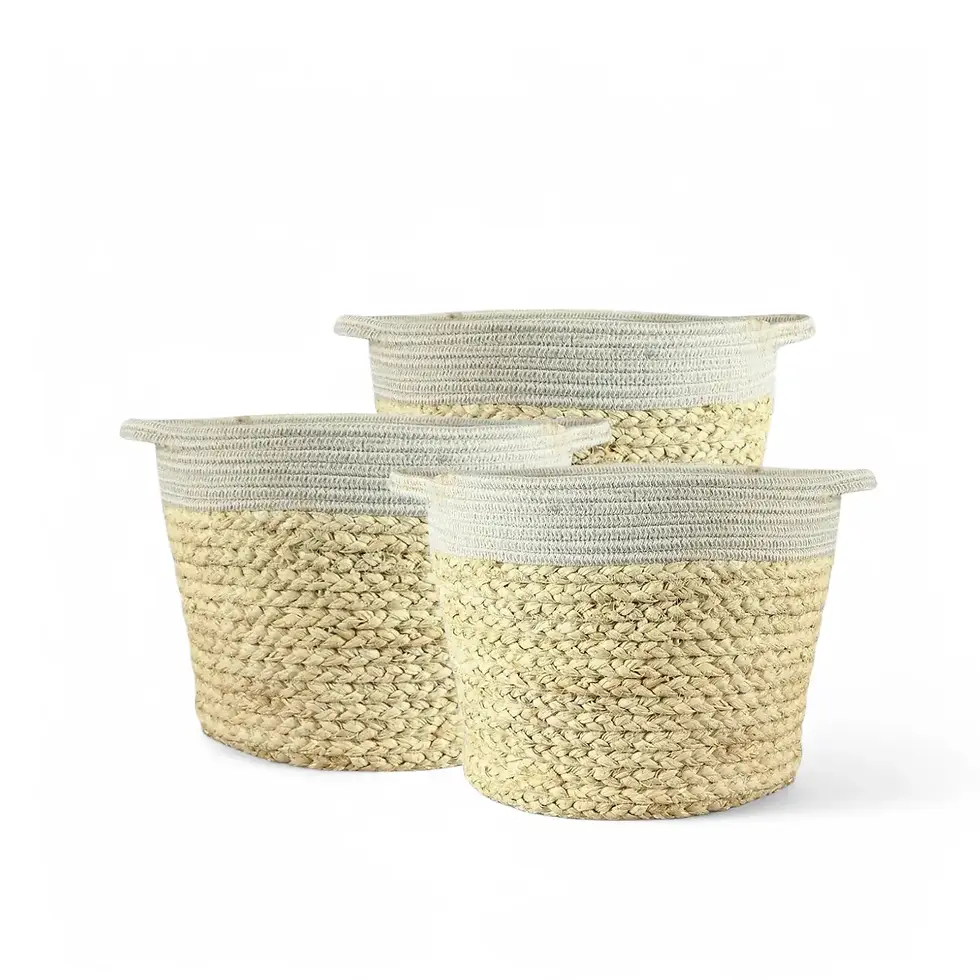Opuntia microdasys - Growth and Care Insights
Opuntia microdasys, commonly known as Angel's-wings or Bunny Ears Cactus, is a striking desert plant originating from central and northern Mexico. Its oval-shaped pads, covered in dense clusters of hair-like glochids instead of traditional spines, give it a soft, fuzzy appearance—but don’t be fooled, as these tiny barbed bristles can easily detach and irritate the skin.
Highly adaptable and drought-tolerant, this cactus thrives in bright, dry environments. It’s a low-maintenance houseplant that can withstand neglect, making it an excellent choice for indoor plant lovers seeking a striking yet easy-care succulent.
Opuntia microdasys - Distinct Features and Advantages
- Dense glochid-covered pads - Lacks traditional spines but features fine barbed glochids.
- Compact, sculptural growth - Grows up to 40-60 cm tall indoors, forming bushy clumps.
- Minimal watering needs - Adapted to arid conditions, making it highly drought-resistant.
- Cold-sensitive - Prefers warm temperatures; not frost-hardy.
- Rare indoor flowering - When mature and grown in ideal conditions, may bloom vivid yellow flowers.
What to Know About Opuntia microdasys
- Growth Rate: Moderate; produces new pads seasonally.
- Growth Habit: Clumping, upright, and spreading.
- Max Indoor Size: 40-60 cm high and similar in spread.
- Toxicity: Not toxic to pets, but its glochids can cause irritation if touched or ingested.
- Lifespan: Several decades with proper care.
- Support Needs: None, but the plant may lean as it grows.
Caring for Opuntia microdasys
→ Placement and Light
- Requires bright, direct sunlight for at least 6-8 hours daily.
- Best placed on a south- or west-facing windowsill.
- Growth becomes elongated and weak if light is insufficient.
→ Watering
- Water sparingly—allow soil to fully dry between waterings.
- In summer, water every 2-3 weeks; in winter, reduce to once per month or less.
- Overwatering is the biggest risk—excess moisture leads to root rot.
→ Humidity
- Thrives in low humidity (below 50%).
- Avoid misting—moisture on pads encourages fungal growth.
→ Temperature
- Prefers 21-35°C during active growth.
- Can tolerate nighttime drops to 10°C but is not frost-resistant.
- If exposed to temperatures below 5°C, it may suffer cold damage.
→ Soil and Pot Choice
- Needs fast-draining soil—use a cactus/succulent mix or amend soil with sand, perlite, and pumice.
- Avoid moisture-retentive soils (e.g., peat-heavy mixes).
- Best in unglazed clay or terracotta pots with drainage holes.
→ Repotting
- Repot every 2-3 years to refresh soil.
- Wear thick gloves to avoid glochid contact.
- Ensure the new pot is only slightly larger than the current one.
→ Fertilizing
- Apply a low-nitrogen, diluted cactus fertilizer once a month in spring and summer.
- Do not fertilize in winter when growth is dormant.
→ Propagation
- Carefully detach a mature pad using tongs or gloves.
- Let it callous over for 24-48 hours.
- Plant in dry cactus soil; water lightly after a week.
→ Pruning
- Remove damaged pads with a sterile knife.
- Over time, pruning helps maintain a compact shape.
Common Issues and Solutions
→ Pests
- Mealybugs and scale insects - Treat with rubbing alcohol on a cotton swab.
- Spider mites - Increase humidity slightly and spray with neem oil.
- Fungus gnats - Avoid overwatering and let soil dry completely.
→ Root Rot
- Symptoms: Pads turning soft and discolored.
- Solution: Remove affected parts, repot in dry soil, and reduce watering.
→ Sunburn
- Symptoms: White or brown dry patches on pads.
- Solution: Gradually increase sun exposure to prevent burns.
Additional Care Notes
- Handle with care—glochids detach easily and can irritate skin. Use gloves or tongs.
- Best grown indoors in cool climates to avoid frost damage.
- Does not require frequent pruning—only remove damaged pads.
- Rarely flowers indoors, but bright light and correct conditions improve chances.
Etymology of Opuntia microdasys
Genus: "Opuntia" - Named after Opus, an ancient Greek city where similar plants were said to grow.
Species: "microdasys" - Derived from Greek, meaning "small and hairy," referring to the tiny glochids.
Described by: Johann Georg Christian Lehmann and officially published by Ludwig Karl Georg Pfeiffer in 1837.
Frequently Asked Questions
- Is Opuntia microdasys safe for pets? It’s not toxic, but its sharp glochids can cause irritation. Keep out of reach of curious pets.
- Why is my Bunny Ears cactus turning yellow? Likely due to overwatering or poor drainage. Reduce watering and check the roots for rot.
- Can I grow Opuntia microdasys outdoors? Yes, in warm, arid climates where winter temperatures stay above 5°C.
Shop NowReady to add Opuntia microdasys to your collection? Order today and enjoy the beauty of this low-maintenance desert plant in your home.
Opuntia microdasys
Opuntia microdasys is approximately 10 cm tall and comes in a ⌀ 6 cm pot

























































